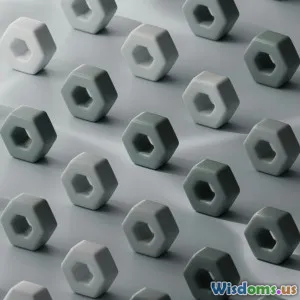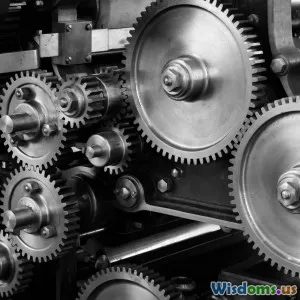
Why Exoskeletons Are the Future of Mechanical Engineering
15 min read Explore how exoskeletons are revolutionizing mechanical engineering with advancements in robotics, human augmentation, and ergonomic design for various industries. (0 Reviews)
Why Exoskeletons Are the Future of Mechanical Engineering
Few inventions capture the imagination quite like the exoskeleton. Once rooted in science fiction, robotic exoskeletons have leapt off the page and into the workshop. Modern advances are transforming fields such as healthcare, manufacturing, and even military operations. The question is no longer if exoskeletons will shape the future of mechanical engineering—it's how dramatically they will do so. Let's explore how these wearable wonders define the cutting edge and what that means for engineering, industry, and society at large.
Redefining Human Capabilities

Exoskeletons essentially extend or augment the physical capabilities of the human body. They come in a range of forms, including full-body suits or assistive devices powered by electric motors or hydraulics. Systems like the Sarcos Guardian XO and the Lockheed Martin ONYX empower wearers to lift heavy loads, move with greater endurance, and decrease the chances of injury.
Traditionally, humans were limited by natural factors like muscle strength and fatigue. In heavy industries—construction, manufacturing, mining—these limits necessitate large teams and complex machinery to prevent injury and manage workload distribution. Exoskeletons promise to revolutionize this approach. For example, in automotive manufacturing, Ford Motor Company has adopted EksoVest exoskeletons, reporting significant reductions in worker fatigue and repetitive stress injuries.
These powered wearables are nothing less than game-changers: they merge organic intuition with mechanical efficiency, deftly handling jobs that would be inefficient or dangerous for unaided humans. With their ability to supplement and protect, exoskeletons are becoming indispensable in designing safe, efficient workplaces.
Enabling Workplace Safety and Ergonomics

Musculoskeletal disorders (MSDs) caused by repetitive movement or heavy lifting cost organizations billions annually in lost productivity and compensation. According to the U.S. Bureau of Labor Statistics, laborers and freight, stock, and material movers are among the top occupations incurring workplace injuries. Exoskeletons directly address these hazards by reducing the strain placed on muscles and joints.
For instance, passive exoskeletons—unpowered suits that transfer weight through their skeletal frames—dramatically reduce pressure on a worker’s lower back during lifting tasks. Companies like HeroWear have released lightweight exosuits for distribution center workers, dramatically decreasing lower-back fatigue.
Looking beyond physical support, exoskeletons are also equipped with state-of-the-art ergonomic sensors. These provide feedback on posture and movement patterns, enabling manufacturers and safety officers to identify risky behaviors in real time. Analytics from these suits offer actionable insights, letting employers adjust working protocols and optimize workspace designs proactively.
Revolutionizing Rehabilitation and Physical Therapy
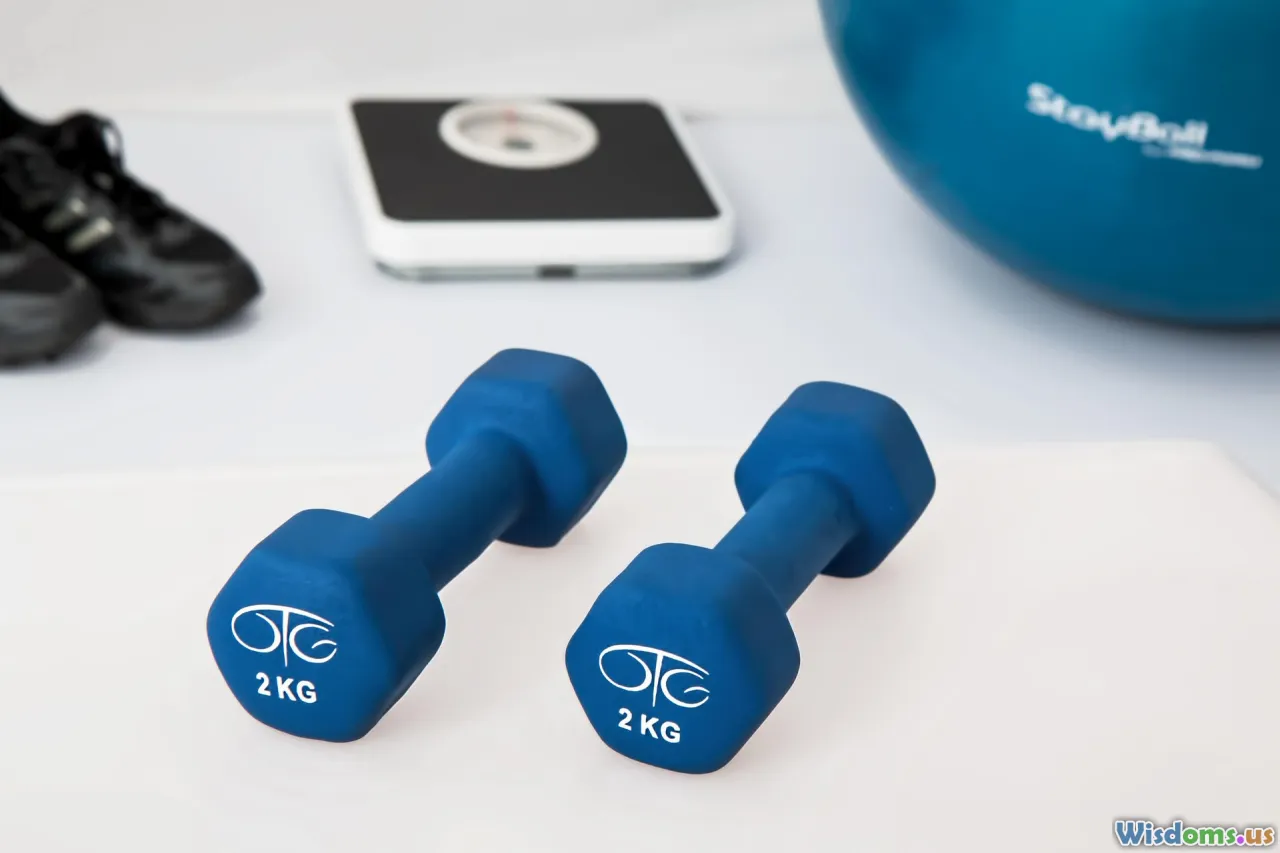
Perhaps the most heartening applications for exoskeletons lie in the field of medicine. Devices like ReWalk and EksoGT offer hope—and independence—for patients with spinal cord injuries, stroke survivors, and those with neuromuscular disorders.
ReWalk Robotics offers FDA-approved exoskeletons capable of enabling paraplegic individuals to stand, walk, and even navigate stairs. These innovations strike at the heart of what mechanical engineering can deliver, combining robust actuation, lightweight materials, and machine learning algorithms to restore lost capabilities.
Clinical studies reveal the immense benefits: increased mobility, improved blood circulation, reduced muscle atrophy, and psychological boosts. Importantly, long-term rehabilitation with exoskeletons can retrain neural pathways. The abilities gained in clinics often translate to better movement and balance even outside of the exoskeleton.
Therapists and clinicians can also collect live data, adjusting therapies and personalizing routines to match a patient’s progress. By blending engineering with biometrics, exoskeletons exemplify how mechanical innovation improves human well-being.
Powering Industry 4.0
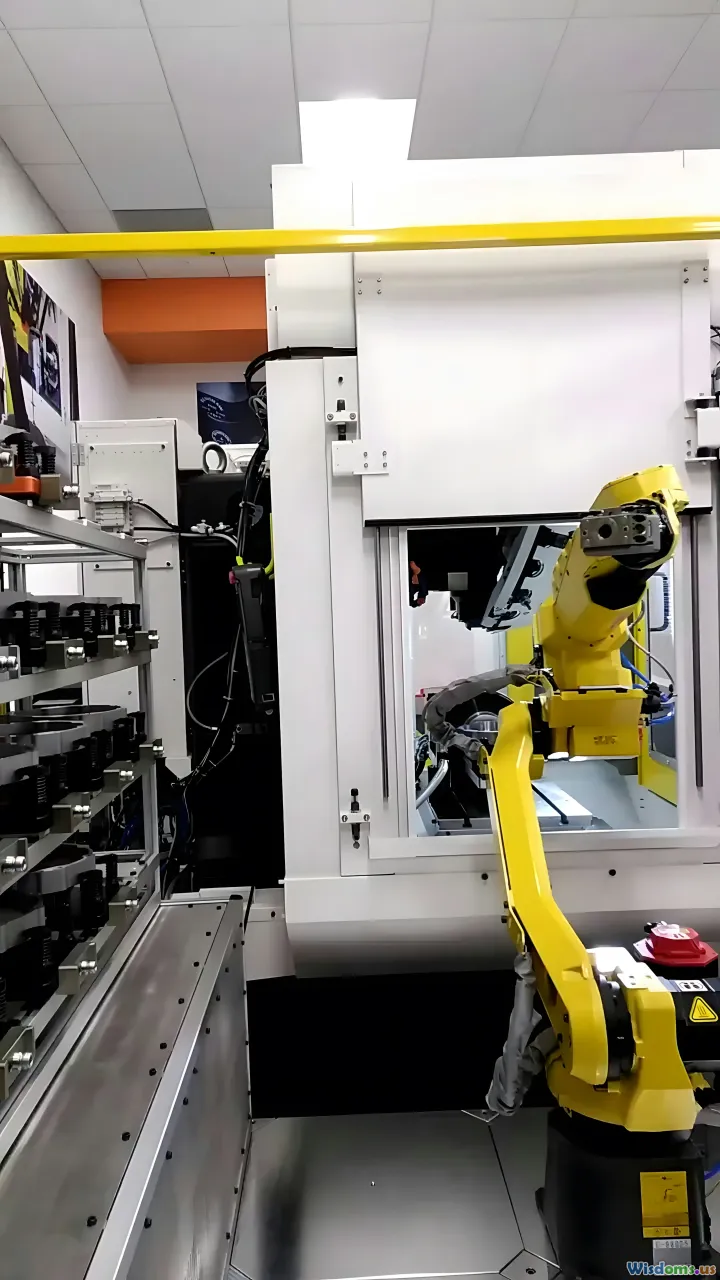
Industry 4.0 refers to the ongoing automation of traditional manufacturing and industrial practices, using modern smart technology. Exoskeletons are a vital component in this landscape: they represent the ultimate man-machine interface, enabling humans to work alongside robots and AI agents while augmenting their physical capabilities.
Unlike traditional automation—which often replaces human roles—exoskeletons keep people at the center. For example:
- Airbus utilizes powered exoskeletons in aircraft assembly, enabling workers to manage tasks overhead without risk of fatigue or injury.
- DHL, a global logistics giant, trialed exosuits for cargo handlers. Results pointed to reduced injury rates and improved efficiency, demonstrating how exoskeletons blend seamlessly with AI-driven logistics.
Moreover, exoskeletons equipped with IoT sensors can communicate with other smart systems. Imagine a factory floor where a wearable suit sends alerts or adjusts user posture based on predictive analytics, lowering the risk of hazardous incidents before they arise—true proactive safety powered by engineering intelligence.
Different Types of Exoskeletons and When to Use Each

Exoskeletons are broadly categorized as passive or active, and each has distinct use cases:
-
Active Exoskeletons: These include powered systems—often relying on batteries, electric motors, or hydraulics. They are essential for intensive, repetitive tasks, or where considerable strength augmentation is necessary. Examples include Sarcos Robotics’s Guardian XO, which helps lift hundreds of kilograms with minimal exertion, and medical exoskeletons like ReWalk, which require programmed actuation based on user intent cues.
-
Passive Exoskeletons: These unpowered suits utilize mechanical joints and spring systems to redirect weight, support posture, and share loads across limb segments. Their simplicity makes them ideal for tasks that don’t necessarily need extra force but benefit from redistributing strain, such as warehouse stocking or overhead assembly. Yes, the HeroWear Apex and SuitX BackX both fall under this category.
-
Soft Exosuits: An emerging class employs textiles and soft robotics, making these wearables remarkably light and unobtrusive. Harvard’s Wyss Institute leads in developing soft wearable robots that stiffen on demand, providing just-in-time support synchronized with the user’s natural movement.
Selecting the right exoskeleton involves evaluating the environment, user needs, required mobility, and degree of actuation. Mechanical engineers play an essential role, analyzing biomechanical stresses, energy storage, and transmission mechanisms to select or design the optimal device for any application.
Mechanical Engineering Innovations Behind Exoskeletons

The progress of exoskeletons rides on breakthroughs in core mechanical engineering disciplines:
- Actuator Design: Precise movement demands refined actuators capable of matching the strength, speed, and subtlety of human muscles. Innovations in electric and hydraulic miniaturization, as well as soft actuators, are key to making exoskeletons both powerful and comfortable.
- Materials Science: Exoskeletons must be strong, lightweight, and ergonomic. Aerospace-grade aluminum, titanium alloys, and carbon fiber composites are common—each providing tremendous strength-to-weight ratios and enabling all-day wear.
- Control Systems: Seamless and intuitive control separates useful exoskeletons from clumsy ones. Advanced mechatronics and human-machine interfaces leverage sensors, feedback loops, and even brain-computer interfaces to ensure safety and comfort. For example, sensors embedded in the suit can anticipate a user’s intended movement and phase-actuation in microseconds.
- Power Management: For active suits, energy storage is a major challenge. Innovations in lithium-ion batteries, energy harvesting, and efficiency algorithms extend battery life and improve field utility.
Each of these engineering feats translates directly to better user outcomes—a testament to how mechanical engineering is at the heart of the exoskeleton revolution.
Barriers and Challenges to Widespread Adoption

Despite progress, challenges remain before exoskeletons are ubiquitous. Some of the prominent barriers include:
- Cost: Cutting-edge exoskeletons often command prices from $5,000 to $100,000. For small- and medium-sized enterprises or developing economies, these costs can be prohibitive. Economies of scale and advances in design (such as using 3D-printed components) are needed to drive costs down.
- User Training: Effective use requires both ergonomic fitting and extensive training. Improper use can lead to overreliance, disruptive workflow, or even heightened injury risk. Businesses must invest in robust training programs and ongoing support.
- Customization: Biometrics differ greatly from person to person. Modular, adjustable exoskeletons can help, but truly universal devices are elusive.
- Societal Acceptance: Some workers view exoskeletons with suspicion—regarding them as monitoring tools or as signs that employers are increasing workloads rather than improving conditions. Clear communication, inclusion in the selection process, and demonstrable benefits are central to overcoming skepticism.
Mechanical engineers are key players in meeting these challenges through innovative design, continuous user testing, and interdisciplinary collaboration.
Exoskeletons and Sustainability: A Green Engineering Perspective
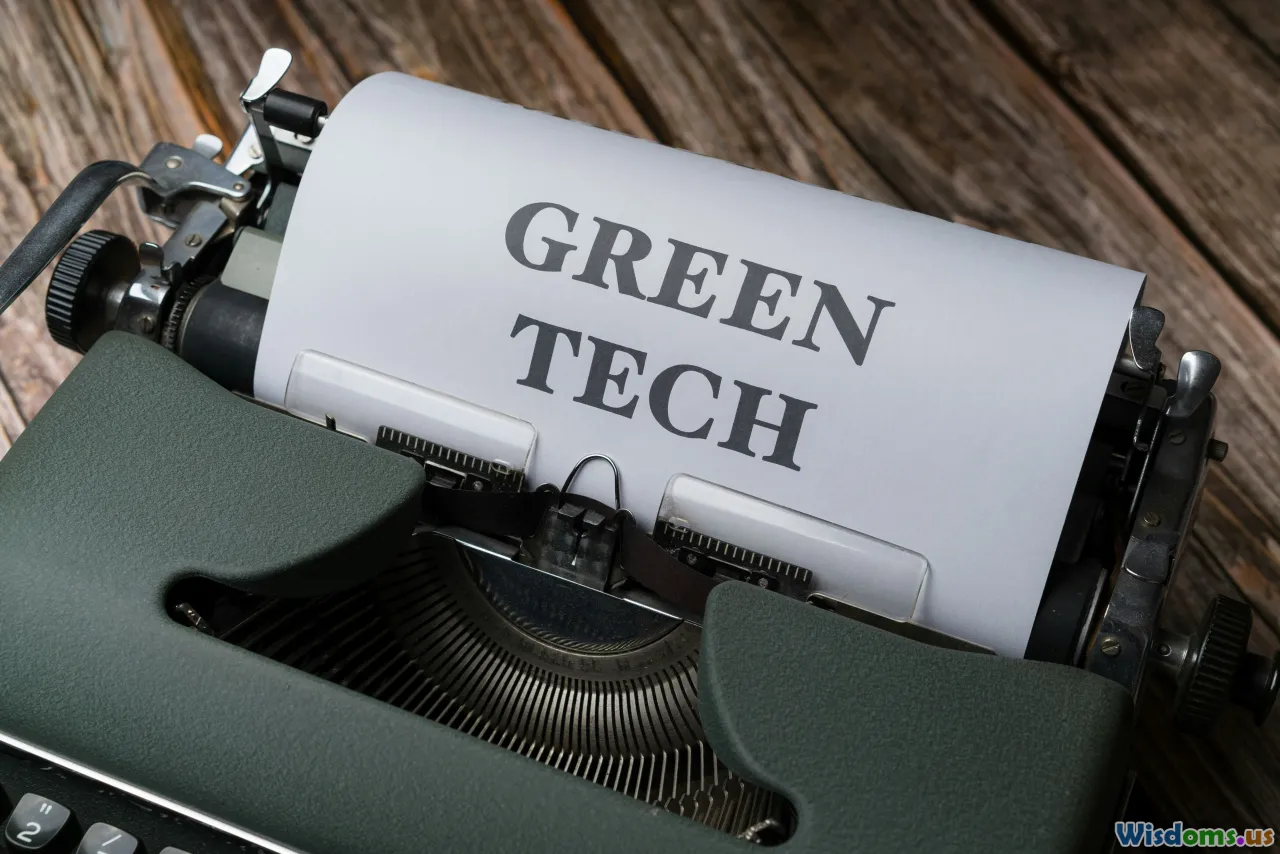
Not only do exoskeletons increase operational efficiency—they contribute to more sustainable work environments. By reducing workplace injuries and improving physical efficiency, exoskeletons keep more people in the workforce, reducing the demand for automation which can be less energy-efficient and more resource-intensive in certain applications.
For example, compared to lifters, conveyors, or other fixed machinery, lightweight exosuits require radically less energy to operate, have minimal material footprints, and can serve multiple users over their lifespan. Some medical exoskeletons are now partially recyclable, and modular components extend product life through repair or reconfiguration.
Mechanical engineers are increasingly incorporating the principles of circular design: manufacturing with recycled alloys, utilizing biodegradable composites for soft exosuits, and integrating designs that support refurbished markets—all contributing to greener technological ecosystems.
The Road Ahead: Integrating AI and Big Data

The exoskeletons of tomorrow won’t just respond to movement—they’ll anticipate user intent and adapt in real-time. Machine learning and AI allow exoskeletons to learn a user’s gait, workload, and task patterns, optimizing support parameters automatically.
AI-enhanced exosuits are already in prototyping. For instance, researchers at ETH Zurich have developed exoskeletons that analyze EMG (muscle signal) data and motion sensors to predict and react to the wearer’s movement, delivering graded assistance with exceptional precision.
Big data collected from fleets of exosuits—anonymized and aggregated—will benefit manufacturers and engineers. Engineers can evaluate device performance in diverse real-world conditions, trim maintenance schedules, and even enable predictive diagnostics.
This fusion of physical engineering and digital intelligence will soon turn exoskeletons into truly personal, adaptive partners—elevating both the art and science of mechanical engineering.
As mechanical engineering enters the next era, exoskeletons stand at the forefront of its transformation. They are no longer far-off fantasies, but real-world tools reshaping how we build, heal, and innovate. Whether by empowering patients to walk or scaling the efficiency of entire industries, exoskeletons prove that augmenting human potential is not just possible, but inevitable.
Rate the Post
User Reviews
Other posts in Robotics
Popular Posts
















